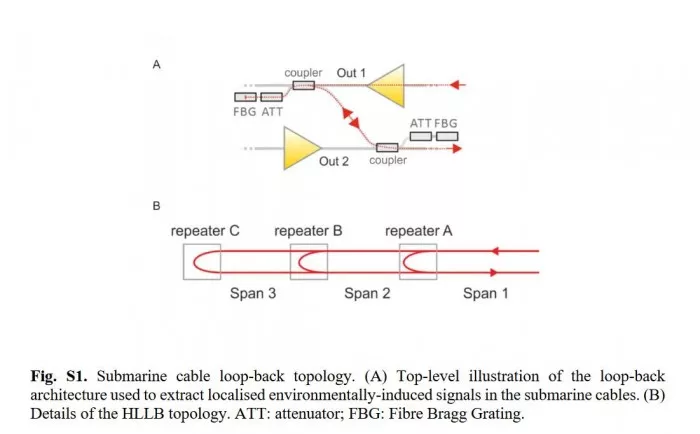
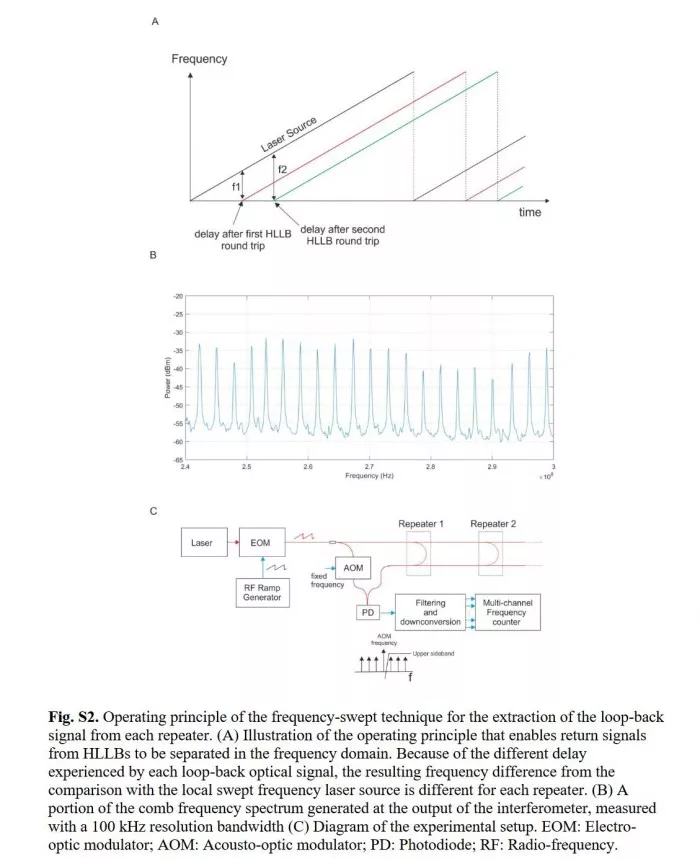
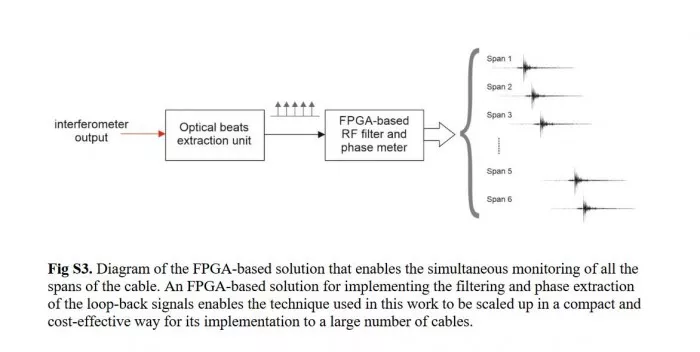
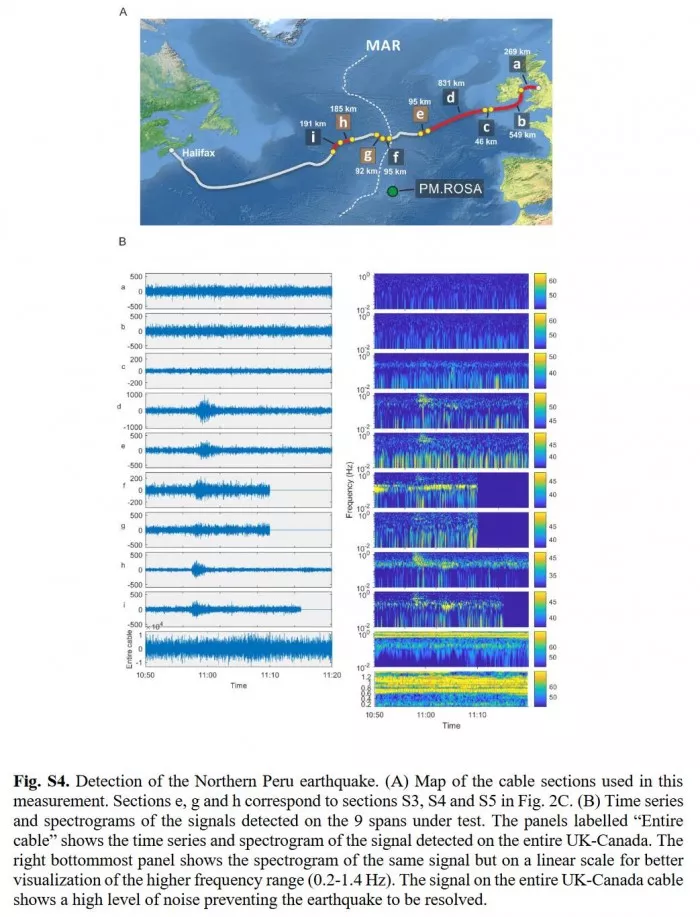

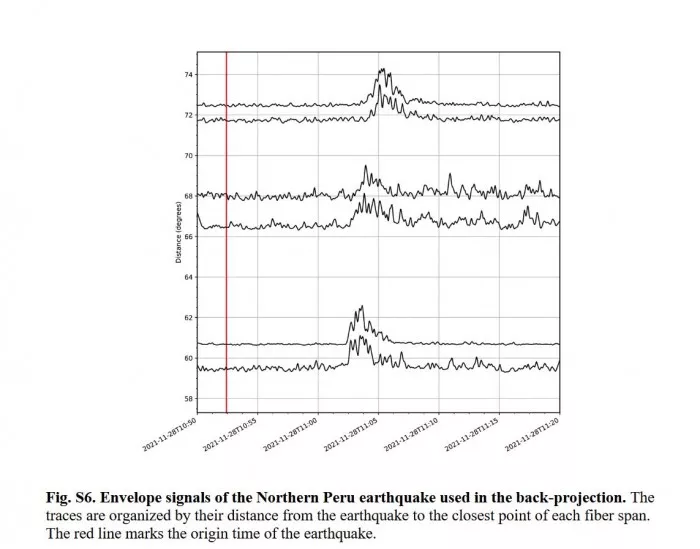
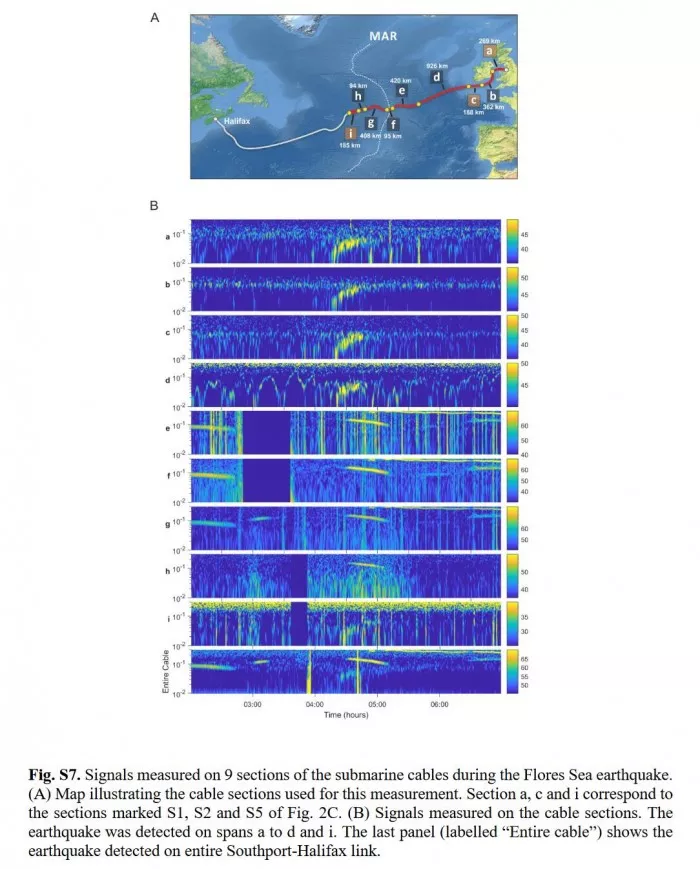

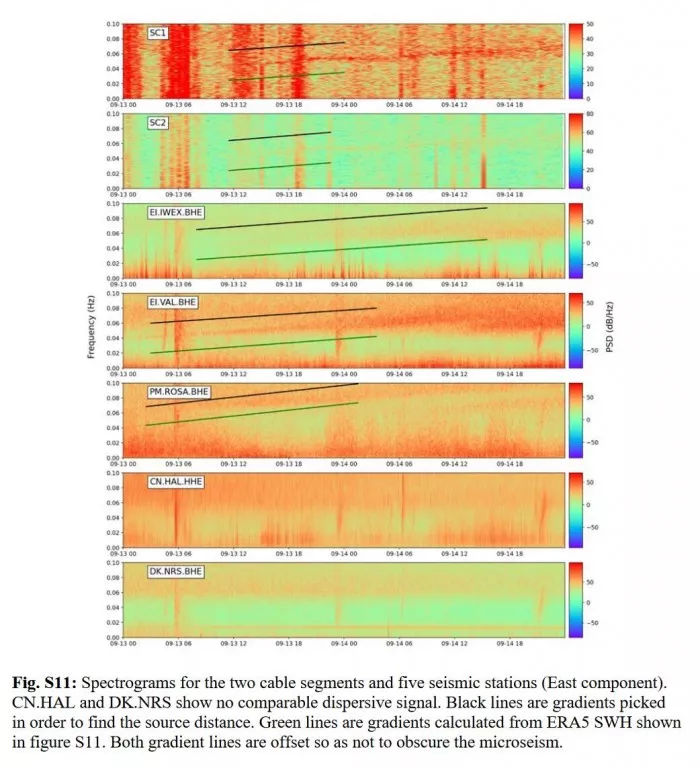
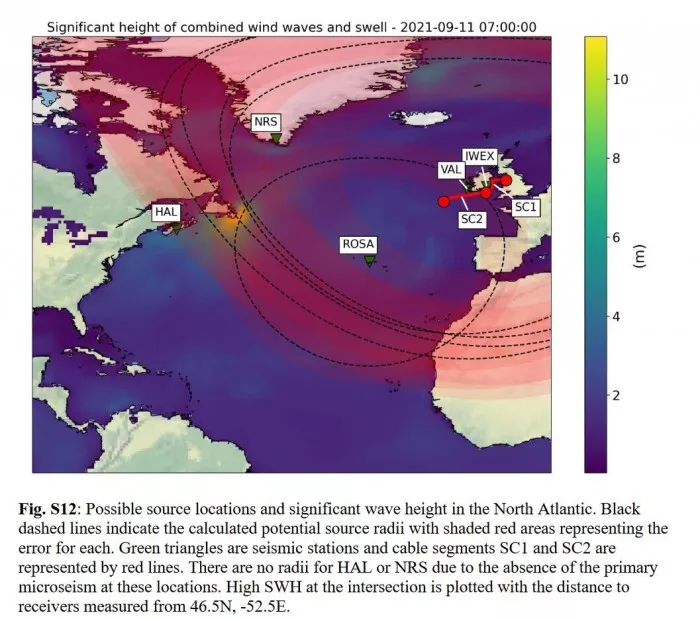
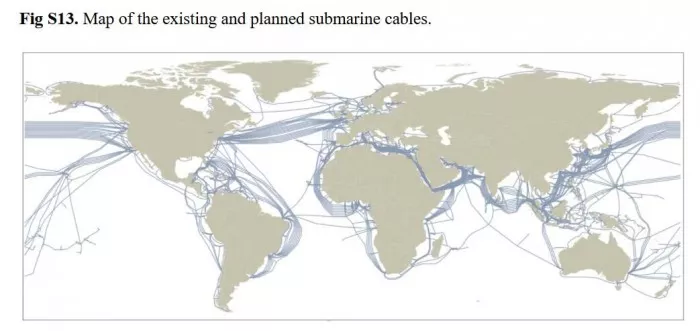
The process of transforming the existing submarine sensor network into a large-scale submarine sensor network by hundreds of people can not be realized in real time. Marpura wrote that "it is impossible for us to change the existing submarine environment through the submarine sensor network".
These sensors refer to amplifiers and repeaters used in submarine ground optical cables. At present, almost all cables laid on the seabed have these instruments to ensure that the data flow has enough energy to cross safely and reliably. These repeaters are located every 28 to 56 miles (45 to 90 kilometers) along the length of the cable. They divide the cable into shorter "spans". The team relies on these separate spans between repeaters distributed across the transatlantic connection.
This method, if deployed or globally, can use existing hardware to provide thousands of permanent real-time environmental sensors on the seabed. Combining this new method with the existing seismograph based network will greatly expand the infrastructure of global seismic monitoring.
It is worth noting that this innovation does not require any changes or additions to the underwater infrastructure. This makes the solution very affordable, scalable, and rapidly deployable. The team is confident that they can even expand their technology to monitor and understand other natural phenomena, such as deep-water flow, long-term seabed temperature changes, and so on. This use is possible due to the high sensitivity of optical fiber cables.
The authors tested this method with a 5860 km long submarine optical fiber link between Britain and Canada, which contains multiple repeaters every 46 km. Using this method, Marra et al. Detected several earthquakes along the cable, weak seismic movements and ocean currents. They can also use signals from different segments along the cable to determine the epicenter of distant earthquakes.